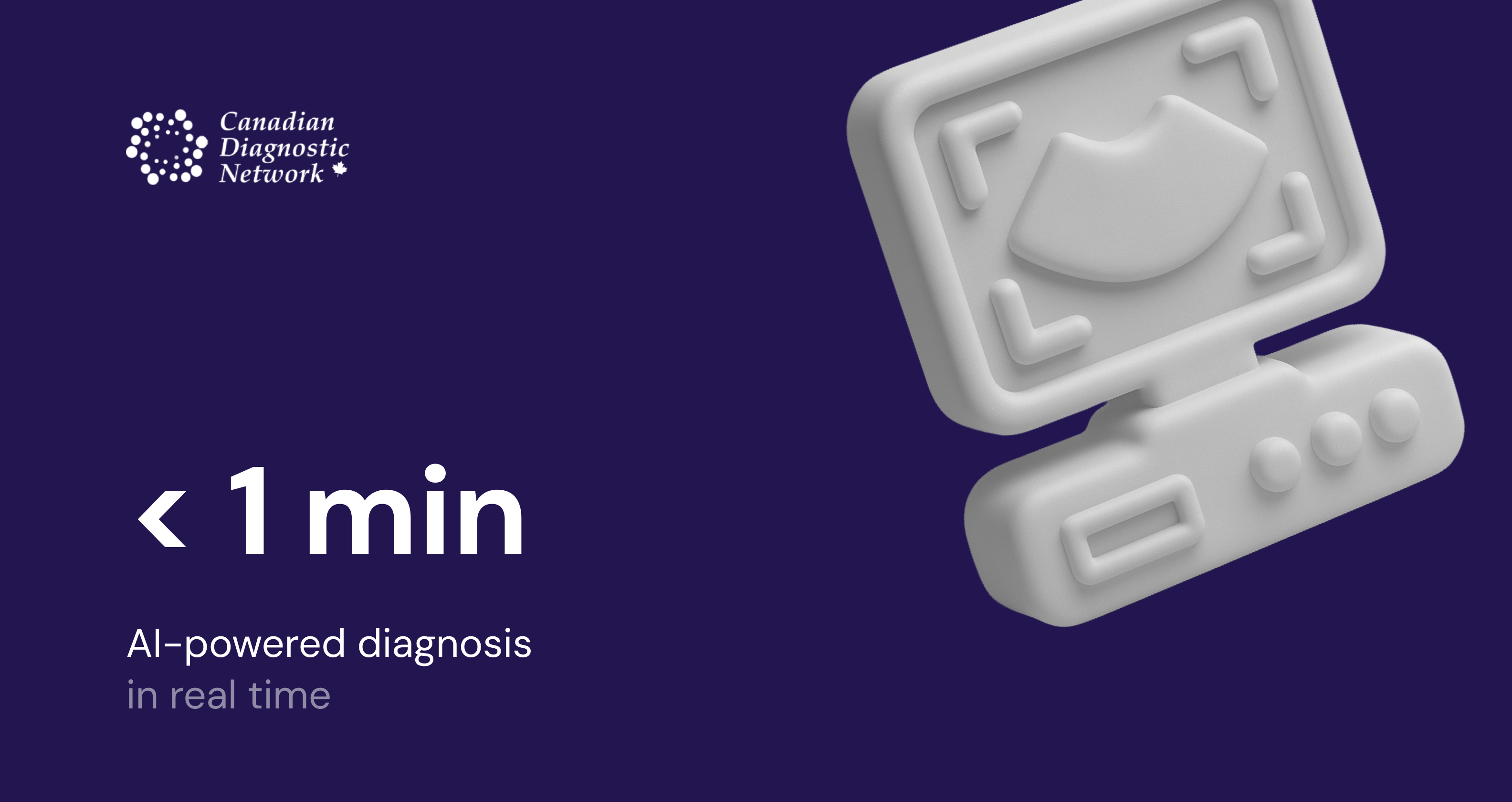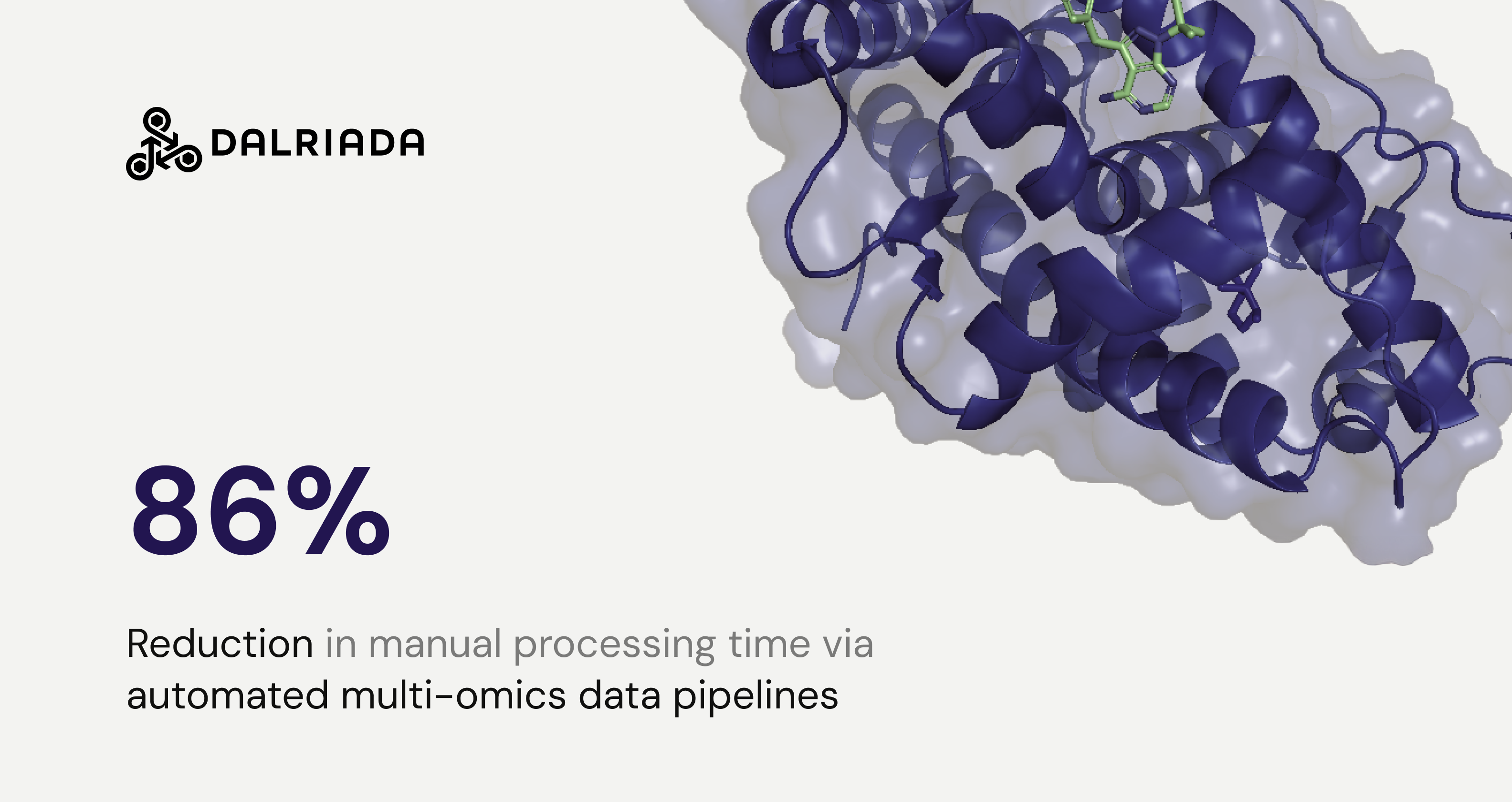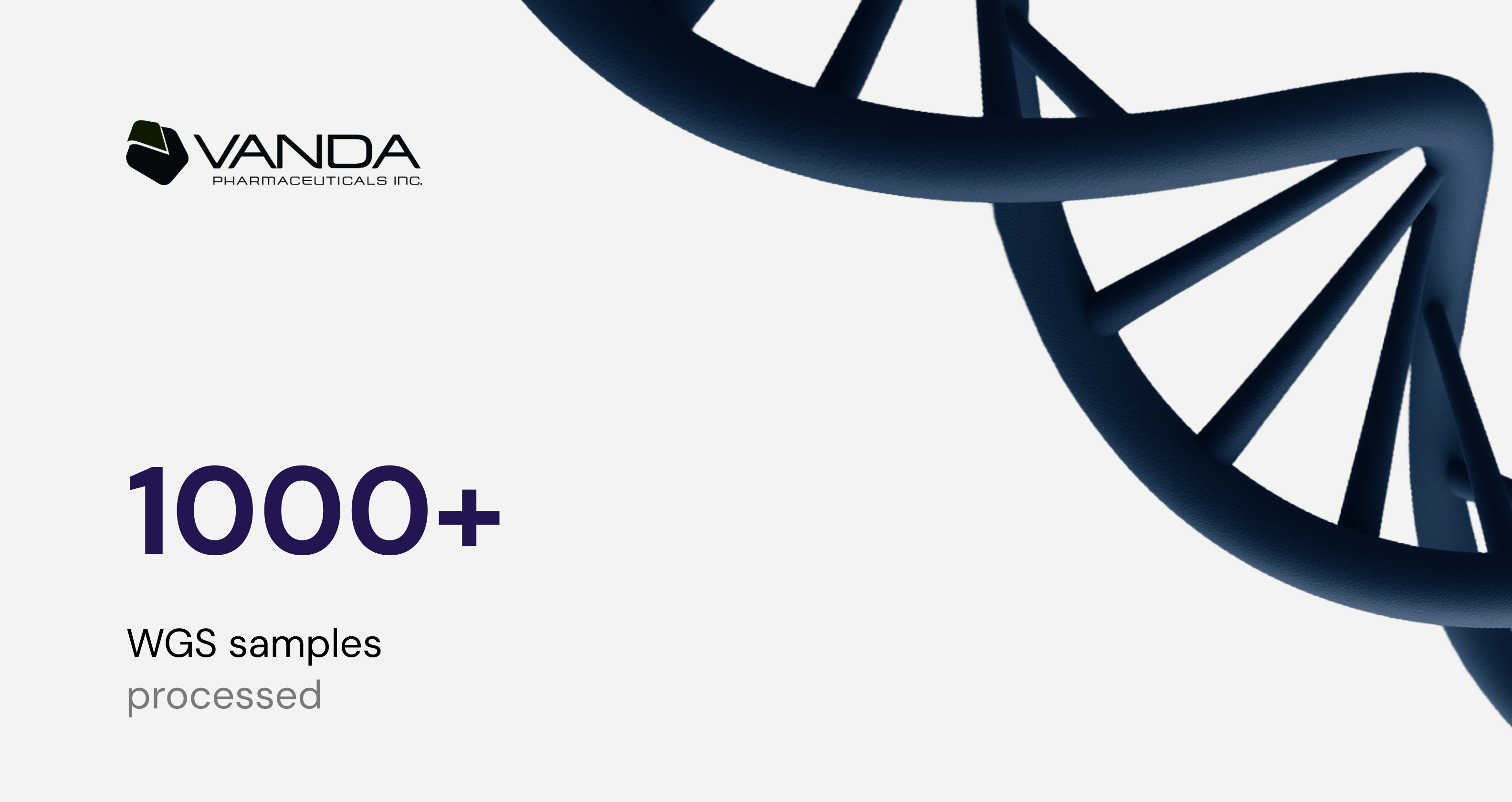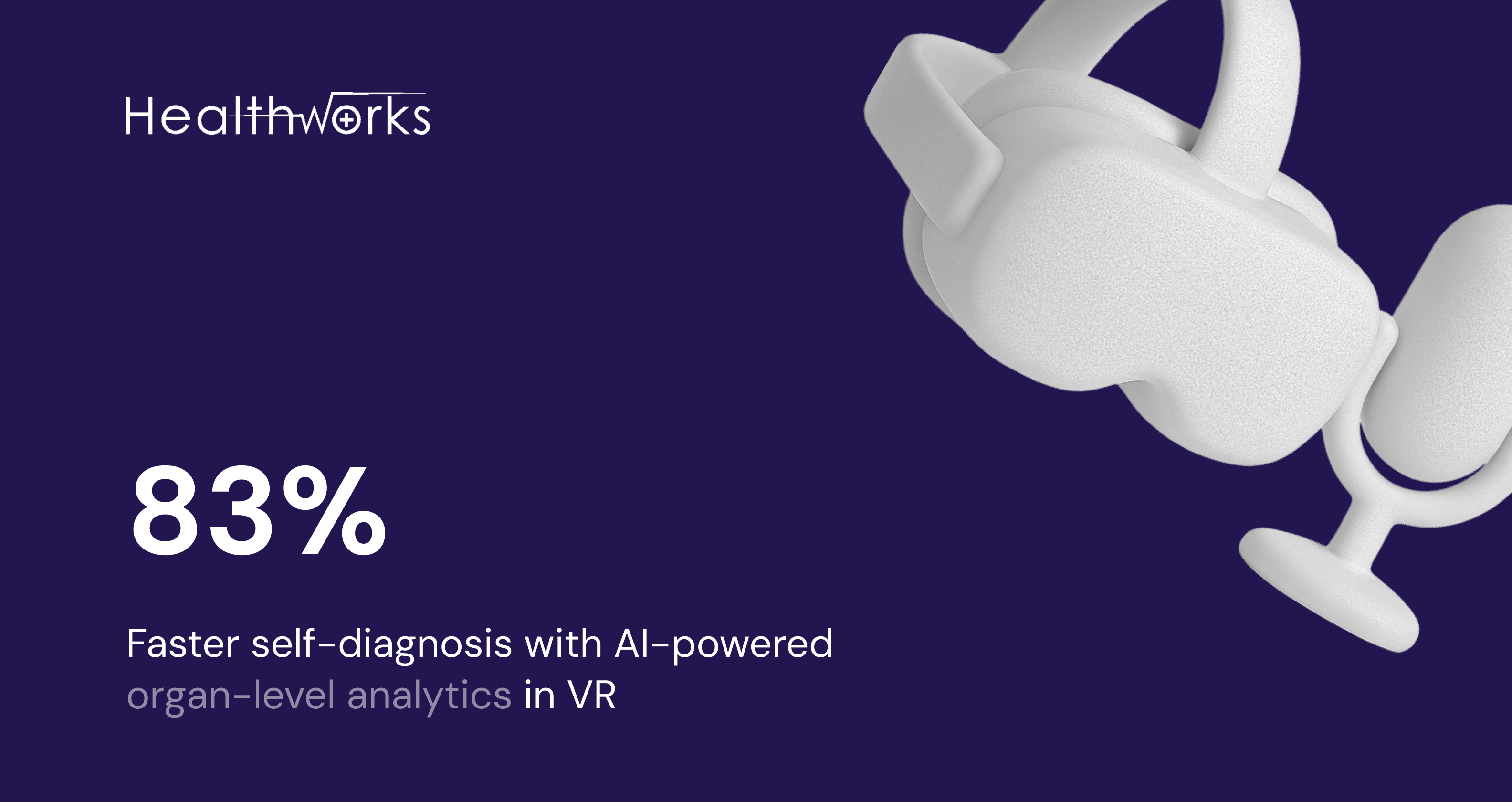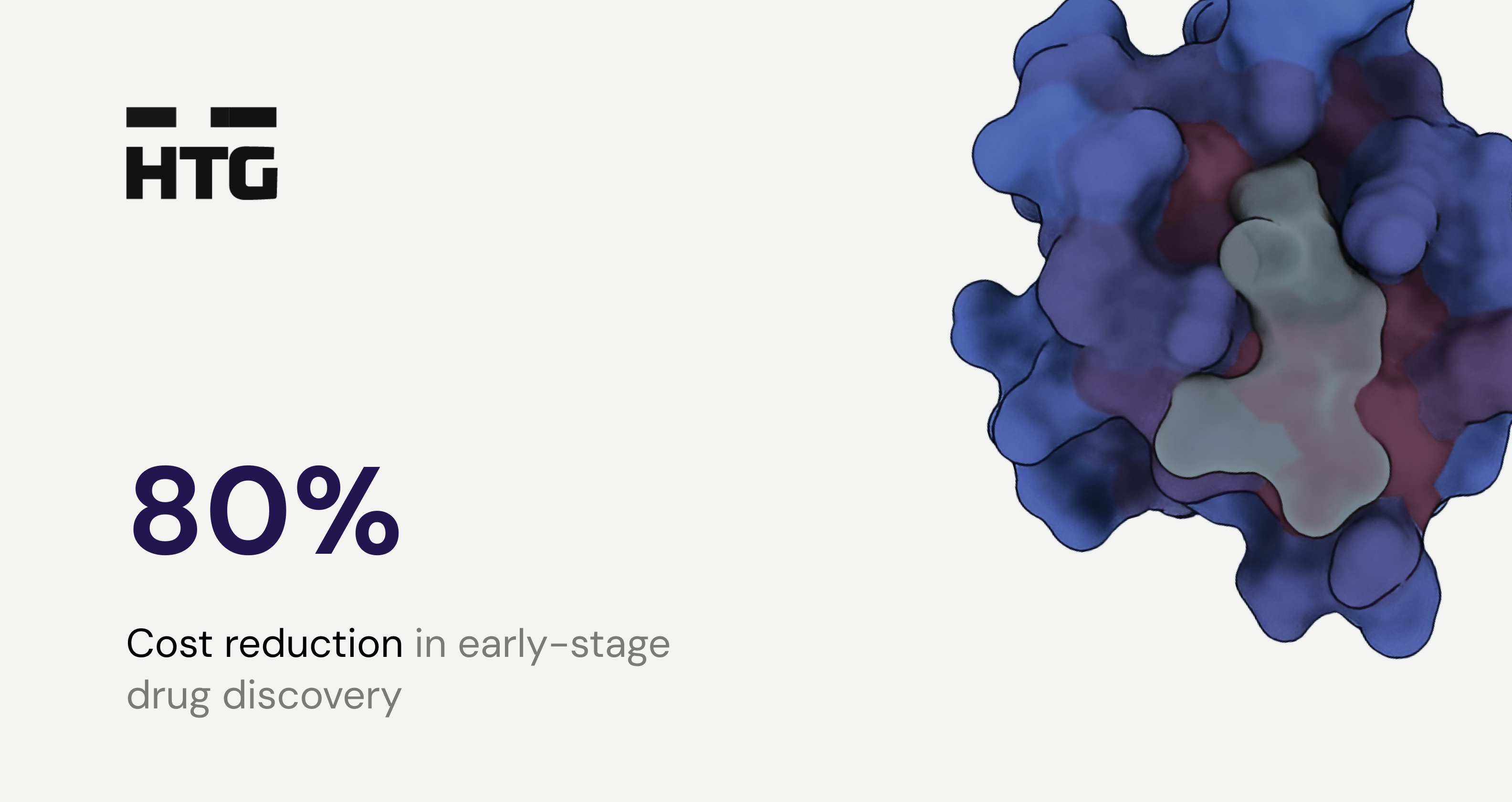AI-Driven Protein Engineering & PPI Modeling
Accelerate therapeutic design with ML-powered structure prediction, PPI scoring, and sequence optimization – reducing wet-lab cycles, cutting costs, and improving hit quality from the very first iterations.




AI-Powered Protein Design Pipelines
Learn moreGenerative AI for Novel Protein Designs

Generative architectures (diffusion, transformer-based) for de-novo sequence creation, scaffold repurposing, and expansion into unexplored molecular space.
ML Models for Structure & Function Prediction

High-accuracy structure, stability, and developability predictions (AlphaFold-class, Boltz-family, OpenFold3-grade models) tailored to your therapeutic modality: antibodies, enzymes, cytokines, fusion proteins, scaffolds.
Protein–Protein Interaction (PPI) Modeling

Deep-learning models for binding affinity, interaction hotspots, conformational flexibility, and docking prioritization – ideal for antibody design, biologics, and synthetic binding proteins.
Sequence Optimization & In-Silico Mutagenesis

AI models generate and rank variants by potency, stability, immunogenicity, and manufacturability – reducing experimental rounds and reagent costs.
Developability & Liabilities Prediction

End-to-end assessment of aggregation, toxicity, immunogenicity, solubility, PTMs, and expression challenges – minimizing downstream failure.
Integrated Wet-Lab Support Pipelines
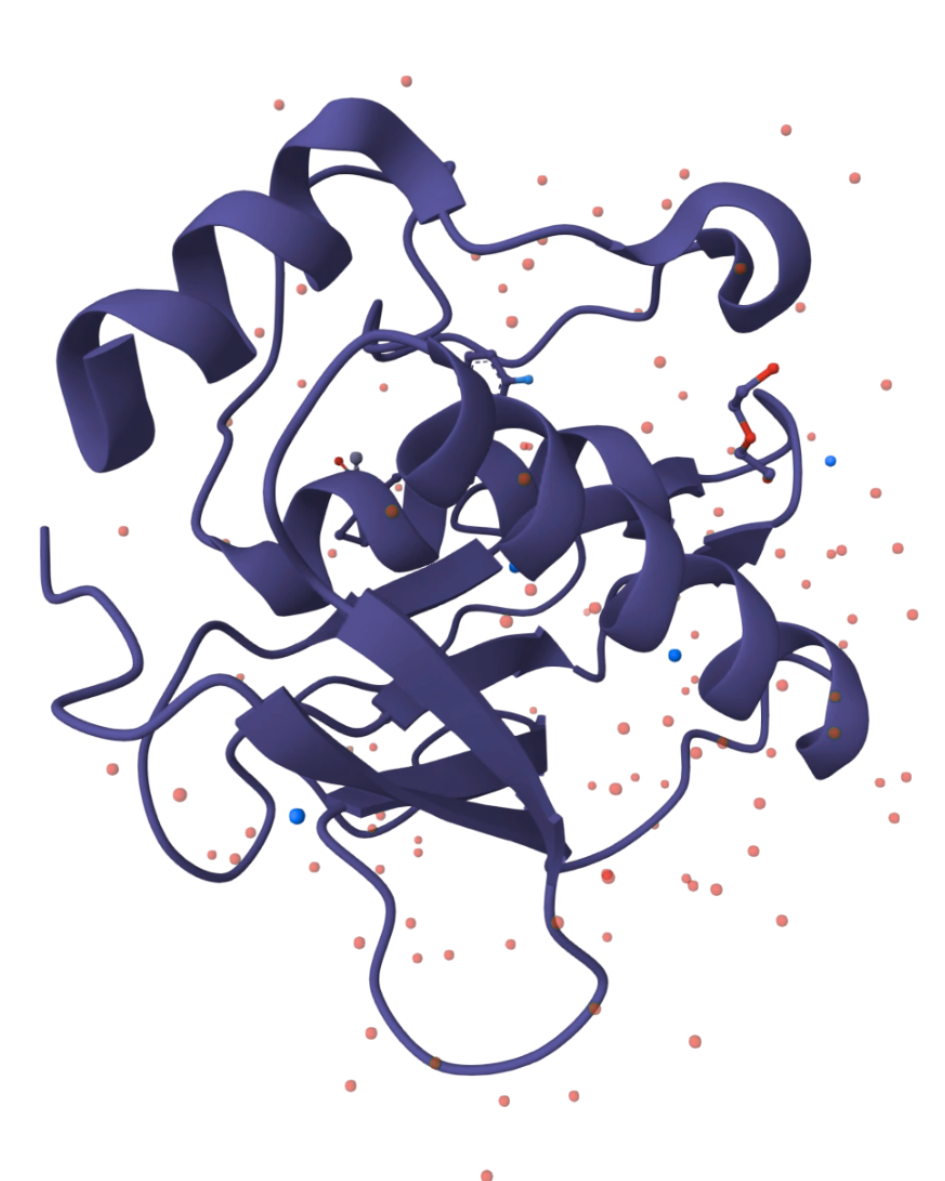
End-to-end systems that feed results back into your ELN/LIMS, support iterative design–test cycles, and cut experimental overhead.
Key R&D Challenges
We Address
Higher hit probability per experimental round
-
Reducing experimental burden by prioritizing high-likelihood functional variants before synthesis
Avoiding constructs that misfold or fail purification
-
Identifying stable, soluble, and expressible protein designs prior to wet-lab validation
Guiding rational design of modulators and biologics
-
Mapping and prioritizing therapeutically relevant PPI interfaces for inhibition or stabilization
Lowering manufacturing and formulation risks
-
Detecting early signs of aggregation, degradation pathways, or structural instability
De-risking IND-enabling work
-
Predicting immunogenic and liability-prone sequence regions before preclinical studies
Reducing downstream liabilities early
-
Ranking antibody or binder variants using joint affinity, specificity, and developability scores
Faster progression to IND candidates
-
Accelerating lead optimization by modeling potency, developability, and manufacturability simultaneously
Didn’t find exactly what you were looking for?
Tell us what you’re building – we’ll map out the options, evaluate feasibility, and recommend the optimal technical pathway.
Get a consultationBiotech
Industry
USA
Location
AI Ops & MLOps, Cloud Architecture, UI/UX Design
Services
$200,000 to $999,999
Budget
The team surpassed expectations on timelines, provided much needed guidance and overall input on design, all while operating with a high degree of autonomy.

Carl Kaub
Vice President of Chemistry at HTG Molecular DiagnosticBusiness Impact You Can Expect
Book Strategy Call10×
Larger Variant Screening SpaceAI expands search into billions of virtual sequences, uncovering high-potency candidates unreachable through traditional directed evolution or rational design alone.
70%
Fewer Wet-Lab IterationsPredictive models surface top variants early, allowing teams to order fewer constructs while achieving higher success rates in the first experimental round.
2–3×
Higher Hit QualityPPI and stability models improve potency, specificity, and developability – drastically reducing downstream attrition.
>95%
Prediction AccuracySequence-to-structure and PPI predictions optimized for biologics lead to more reliable ranking and fewer dead-end constructs.
5×
Faster Lead OptimizationFrom target → candidate → optimized variant in weeks, not quarters — accelerating path to IND-enabling studies.
Let’s build your AI advantage
Whether you’re prototyping a molecule scoring system or looking to automate your clinical ops – we’ll help you turn your biotech data into competitive edge.
Book a Meeting
